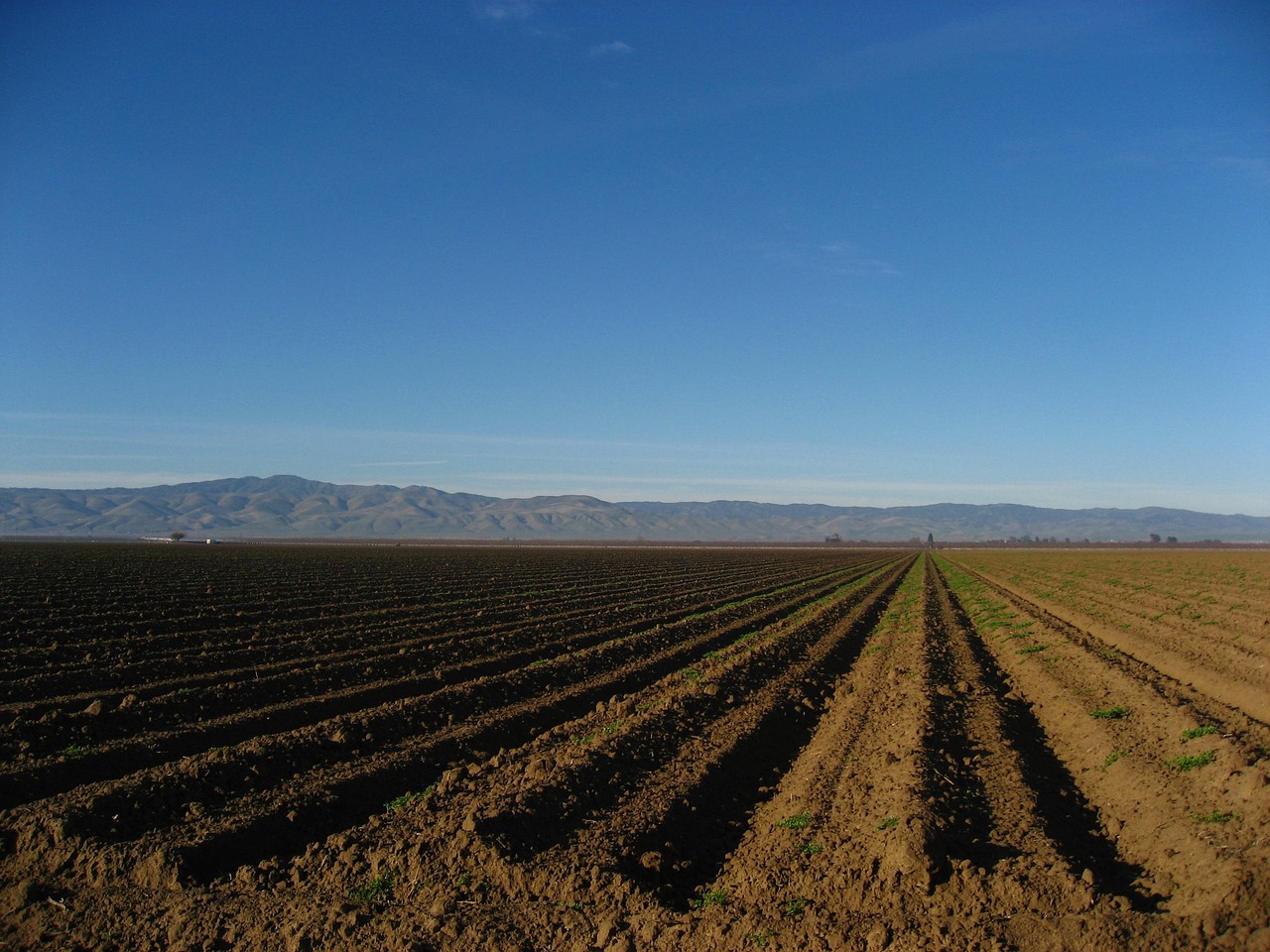
U.S. agricultural policy now faces a growing concern: farmer trade aid appears to be shrinking just as trade deals advance. According to recent reporting, the United States Department of Agriculture (USDA) had originally set aside roughly $13 billion to support farms suffering from tariff damage, but only about $10 billion remains available for distribution.
What We Know
As trade tensions ease and new trade agreements move forward, USDA officials say they must now recalculate how much support farmers need. The department is “crunching numbers” to account for new trade deals that include significant commodity purchases.
Despite that, many farmers continue to face heavy costs from tariffs, lost export markets, and rising input expenses. The shift toward smaller–scale aid allocations means farmer trade aid may not match those mounting losses.
What It Means for Farmers
For farmers across the country, the reduction in available farmer trade aid means less cushion for export-driven losses and more uncertainty when planning crops. Many growers who rely on tariff-balance payments are now redefining risk management strategies, equipment investments, and crop choices.
Without full aid coverage, farms may face tighter credit, higher debt servicing costs, or delays in planting decisions—especially in trade-sensitive sectors like soybeans, corn, and wheat.
What It Means for Rural Communities
Rural communities feel the ripple effects. When farmer trade aid decreases, local input suppliers, equipment dealers, and labor markets may see reduced activity. Slower spending on farm infrastructure means slower growth in surrounding towns that depend on agriculture-driven commerce.
Why It’s Changing
The shift stems from trade agreements in which U.S. partners commit to large commodity purchases. As these deals lock in, USDA must alter how much aid remains available for crops impacted by earlier tariffs. While progress in trade can boost market access, it also reduces urgency for large aid packages.
Final Thoughts
The reduction in farmer trade aid signals a turning point in U.S. agricultural policy: subsidies and compensations are giving way to trade agreements and market access. For farmers and rural communities alike, navigating this landscape means planning more deliberately, staying informed on trade developments, and adapting to a new era of support that may look different than the past.



